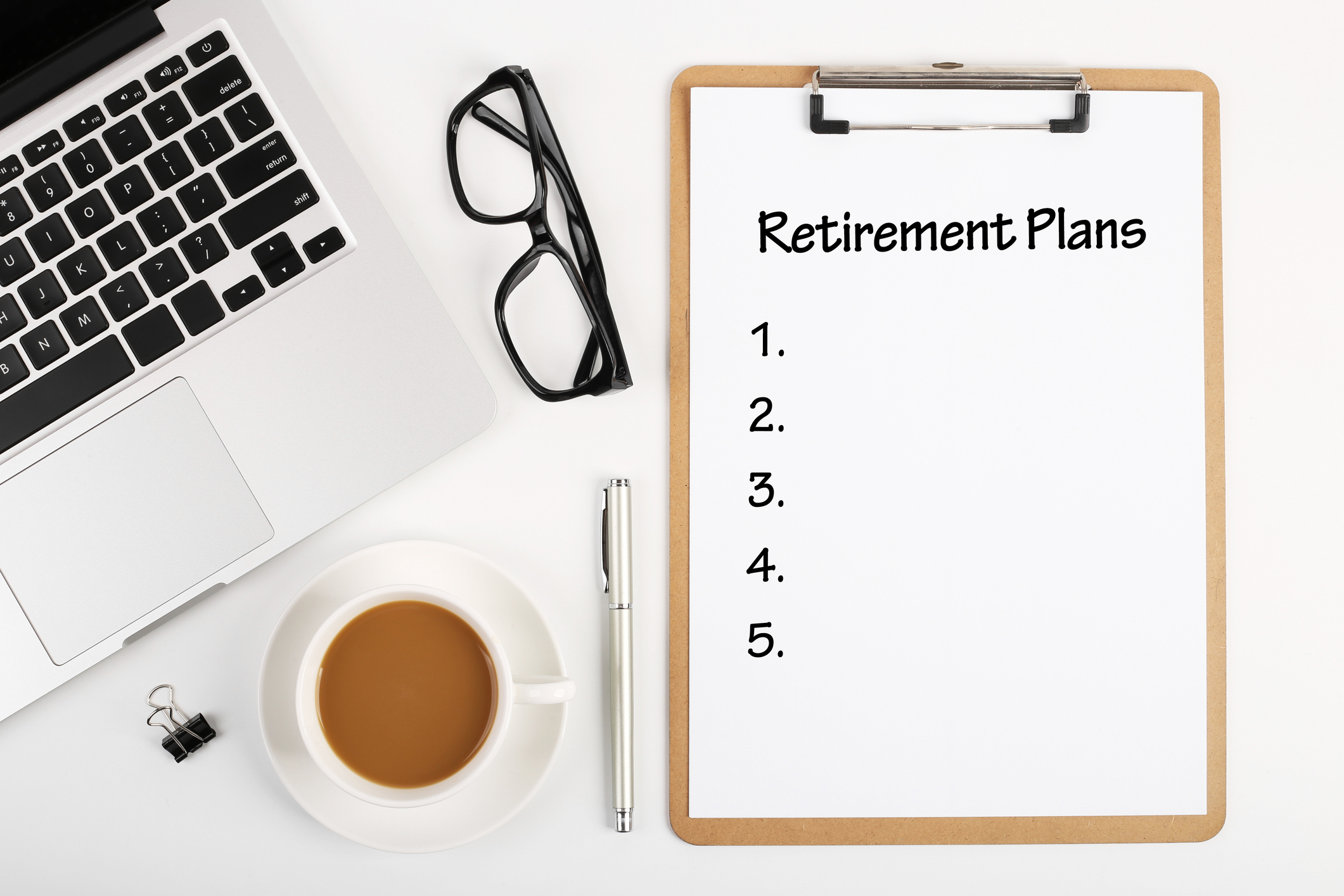FAQs on the Child-Care Tax Credit
Know which expenses you can write off and how to qualify for this break.

As the school year approaches, I am starting to receive a variety of questions about the child-care tax credit. Here's what you need to know:
What expenses qualify for the child-care tax credit, and who qualifies?
You can claim this credit if you spend money for the care of children younger than 13 so that you can work or look for work. You must have earned income (that's earnings from a job, not investments) to qualify for the credit, and if you’re married, both you and your spouse must have a job or be a full-time student.
From just $107.88 $24.99 for Kiplinger Personal Finance
Become a smarter, better informed investor. Subscribe from just $107.88 $24.99, plus get up to 4 Special Issues

Sign up for Kiplinger’s Free Newsletters
Profit and prosper with the best of expert advice on investing, taxes, retirement, personal finance and more - straight to your e-mail.
Profit and prosper with the best of expert advice - straight to your e-mail.
The cost of day care, preschool, before- and after-school care, day camp, or a nanny or other babysitter can count toward the credit.
How much is the credit worth?
That depends on the number of children, the cost of care, and your income. You can count up to $3,000 in child-care expenses for one child, or up to $6,000 for two or more children. The credit is a percentage of the amount spent on child care, and that percentage gradually decreases as income increases. Families that earn less than $15,000 can claim a credit for 35% of qualifying expenses; families that earn more than $43,000 get the smallest credit: 20% on eligible costs.
Is there a maximum income limit?
No. Regardless of your income, you can benefit from the credit. Keep in mind that this is a credit, not a deduction, so it lowers your tax bill dollar for dollar.
Does the cost of kindergarten count toward the credit?
No. The cost of kindergarten and higher grades is considered to be an educational expense, not a child-care expense, so it doesn't qualify for the child-care credit. However, any before- or after-school care -- whether it's through the school, another organization or a nanny or babysitter -- can count toward the credit until the child turns 13.
If your child has not yet reached kindergarten, the cost of his or her program can count toward the credit -- whether it’s called preschool, pre-kindergarten, nursery school or day care.
Are there other expenses that count?
Fees paid to a nanny agency or a deposit for a preschool program can count toward the credit if it's required to receive the care (if you forfeited the deposit and didn't use the program, however, the deposit is not eligible). Transportation costs can count toward the credit if the caregiver, as part of the care, takes your child somewhere and bills you for the cost of travel.
What forms are needed to claim the credit?
To claim the credit, file Form 2441 with your federal tax return. You’ll have to report the care provider’s employer-identification number or Social Security number. For more information, see IRS Publication 503 Child and Dependent Care Expenses and the instructions for Form 2441.
Is it better to take the dependent-care credit or pay for care with money funneled through a flexible-spending account at work?
If your employer offers a flexible-spending account for dependent-care expenses, then that’s usually more valuable. The money set aside in the FSA is subtracted from your paycheck before income taxes are calculated, and it also avoids the 7.65% Social Security and Medicare tax. So if you're in the 15% income-tax bracket, you won't have to pay the 15% federal tax or the 7.65% Social Security tax, which means that you'll avoid paying a total of 22.65% in taxes on that money. In that case, contributing the maximum $5,000 to your dependent-care flex plan cuts your tax bill by $1,133. The benefits of the FSA get even better as your tax bracket rises. (And, in most states, avoiding state income taxes is frosting on the cake.) See Flexible Spending Account vs. Dependent-Care Credit for more information.
If you have two or more children and child-care expenses exceeding $5,000, however, you might be able to benefit from both the FSA and the dependent-care credit. You can set aside up to $5,000 in pretax money in your FSA and claim the dependent-care credit for up to $1,000 in additional expenses.
Profit and prosper with the best of Kiplinger's advice on investing, taxes, retirement, personal finance and much more. Delivered daily. Enter your email in the box and click Sign Me Up.

As the "Ask Kim" columnist for Kiplinger's Personal Finance, Lankford receives hundreds of personal finance questions from readers every month. She is the author of Rescue Your Financial Life (McGraw-Hill, 2003), The Insurance Maze: How You Can Save Money on Insurance -- and Still Get the Coverage You Need (Kaplan, 2006), Kiplinger's Ask Kim for Money Smart Solutions (Kaplan, 2007) and The Kiplinger/BBB Personal Finance Guide for Military Families. She is frequently featured as a financial expert on television and radio, including NBC's Today Show, CNN, CNBC and National Public Radio.
-
 7 Dr. Seuss Quotes Retirees Should Live By
7 Dr. Seuss Quotes Retirees Should Live ByYou're off to great places! Why Dr. Seuss is the retirement guru you didn't know you needed.
-
 Fed's Rate Cuts Could Have Impacts You Might Not Anticipate
Fed's Rate Cuts Could Have Impacts You Might Not AnticipateUnderstanding how lower interest rates could impact your wallet can help you determine the right financial moves to make.
-
 Past Performance Is Not Indicative of Your Adviser's Expertise
Past Performance Is Not Indicative of Your Adviser's ExpertiseMany people find a financial adviser by searching online or asking for referrals from friends or family. This can actually end up costing you big-time.
-
 5 Types of Gifts the IRS Won’t Tax: Even If They’re Big
5 Types of Gifts the IRS Won’t Tax: Even If They’re BigGift Tax Several categories of gifts don’t count toward annual gift tax limits. Here's what you need to know.
-
 The 'Scrooge' Strategy: How to Turn Your Old Junk Into a Tax Deduction
The 'Scrooge' Strategy: How to Turn Your Old Junk Into a Tax DeductionTax Deductions We break down the IRS rules for non-cash charitable contributions. Plus, here's a handy checklist before you donate to charity this year.
-
 Tax Refund Alert: House GOP Predicts 'Average' $1,000 Payouts in 2026
Tax Refund Alert: House GOP Predicts 'Average' $1,000 Payouts in 2026Tax Refunds Here's how the IRS tax refund outlook for 2026 is changing and what steps you can take now to prepare.
-
 New IRS Changes to FSA Contribution Limits for 2026: What to Know
New IRS Changes to FSA Contribution Limits for 2026: What to KnowHealth Care Flexible Spending Accounts have tax advantages worth looking into, especially in light of new IRS changes.
-
 Is a New $25,000 Health Care Tax Deduction Coming in 2026?
Is a New $25,000 Health Care Tax Deduction Coming in 2026?Tax Policy A proposal from GOP Sen. Josh Hawley adds to the chatter about health care affordability.
-
 3 Ways High-Income Earners Can Maximize Their Charitable Donations in 2025
3 Ways High-Income Earners Can Maximize Their Charitable Donations in 2025Tax Deductions New charitable giving tax rules will soon lower your deduction for donations to charity — here’s what you should do now.
-
 An HSA Sounds Great for Taxes: Here’s Why It Might Not Be Right for You
An HSA Sounds Great for Taxes: Here’s Why It Might Not Be Right for YouHealth Savings Even with the promise of ‘triple tax benefits,’ a health savings account might not be the best health plan option for everyone.
-
 10 Retirement Tax Plan Moves to Make Before December 31
10 Retirement Tax Plan Moves to Make Before December 31Retirement Taxes Proactively reviewing your health coverage, RMDs and IRAs can lower retirement taxes in 2025 and 2026. Here’s how.